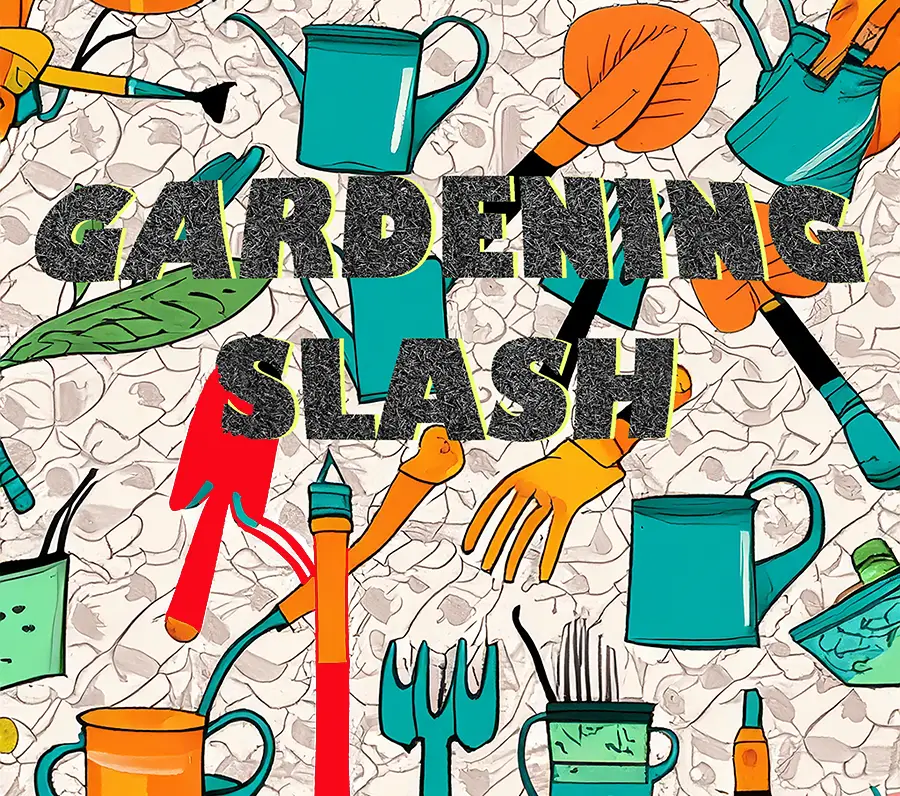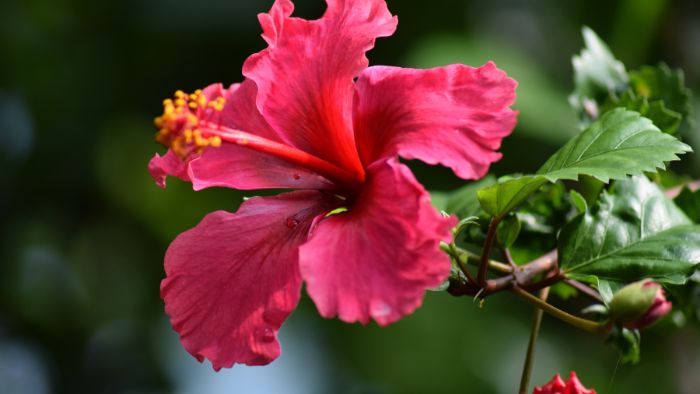In recent years, wildlife-friendly gardens have surged in popularity, captivating nature enthusiasts and casual gardeners alike. There’s something magical about stepping into a garden buzzing with bees and fluttering with butterflies. These vibrant visitors not only add beauty but also play a crucial role in pollinating plants. If you’ve ever dreamt of creating a sanctuary that attracts these delightful creatures, now is the perfect time to start!
Planting a garden with pollinator-friendly plants such as lavender, coneflowers, and sunflowers can transform your backyard into a haven for wildlife. Lavender, with its aromatic purple blooms, is a favorite among bees. Coneflowers, with their striking, daisy-like appearance, are irresistible to butterflies. Sunflowers, with their towering stems and bright faces, draw in a variety of pollinators, providing nectar and pollen. These plants are not only beautiful but also incredibly beneficial to your local ecosystem.
The benefits of creating a wildlife-friendly garden extend beyond just attracting pollinators. Studies show that such gardens significantly boost local biodiversity. For example, a single patch of wildflowers can support hundreds of different insect species, which in turn attract birds and other wildlife. This increase in biodiversity can help to create a more balanced and resilient ecosystem. In fact, gardens designed with wildlife in mind have been shown to support up to 50% more species of flora and fauna compared to traditional gardens.
Imagine the joy of seeing your garden come alive with the flutter of butterfly wings and the gentle hum of bees. Many gardeners have shared heartwarming stories of how their wildlife-friendly spaces have become vibrant ecosystems. One gardener from California transformed a small urban plot into a bustling pollinator paradise, attracting over 30 species of bees and butterflies within just one season. Such inspiring tales underscore the positive impact these gardens can have on the environment and our connection to nature.
Ready to create your own wildlife-friendly garden? Start by choosing easy-to-plant species like lavender, coneflowers, and sunflowers. Here are a few tips to help you maintain a pollinator-friendly environment:
- Provide Water Sources: Shallow water dishes or birdbaths can attract pollinators.
- Avoid Pesticides: Chemical pesticides can harm bees and butterflies. Opt for natural pest control methods.
- Plant in Clusters: Grouping the same type of plant together makes it easier for pollinators to find and feed on them.
- Ensure Continuous Bloom: Plant a variety of species that bloom at different times to provide food throughout the growing season.
By following these simple steps, you can create a thriving garden that supports local wildlife and brings a sense of wonder to your outdoor space.
FAQs
Q: What are the best plants for attracting pollinators?
A: Some of the best plants for attracting pollinators include lavender, coneflowers, sunflowers, milkweed, and bee balm.
Q: How can I maintain a wildlife-friendly garden?
A: Maintain your garden by providing water sources, avoiding chemical pesticides, planting in clusters, and ensuring a variety of plants that bloom throughout the season.
Q: Do wildlife-friendly gardens require a lot of maintenance?
A: Not necessarily. Many pollinator-friendly plants are hardy and low-maintenance. Regular watering, occasional weeding, and ensuring a pesticide-free environment are usually sufficient.
Q: Can I create a wildlife-friendly garden in a small space?
A: Yes! Even small spaces like balconies or patios can be transformed into wildlife-friendly areas with potted plants and hanging baskets.
Q: What are the environmental benefits of a wildlife-friendly garden?
A: Wildlife-friendly gardens boost local biodiversity, support pollinator populations, and contribute to a healthier ecosystem.
Creating a wildlife-friendly garden is a rewarding endeavor that benefits both you and the environment. Start planting today and watch your garden bloom into a lively, buzzing sanctuary!


